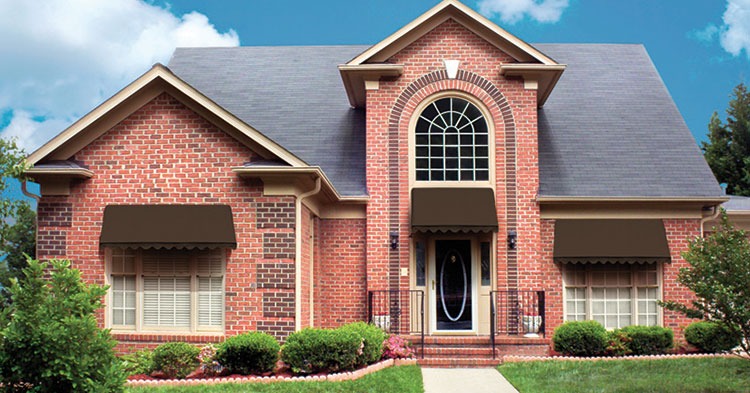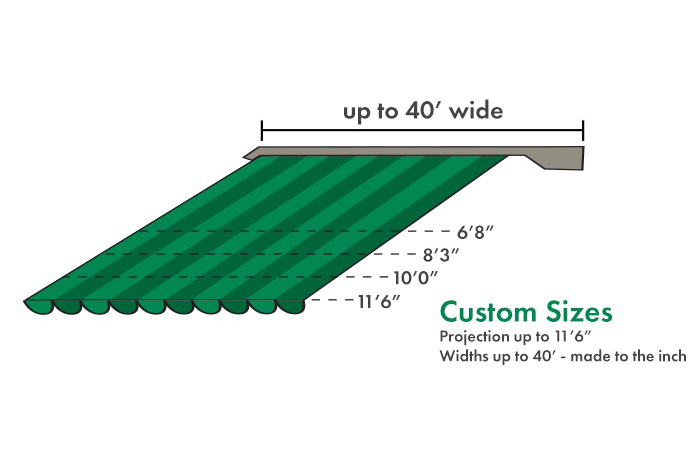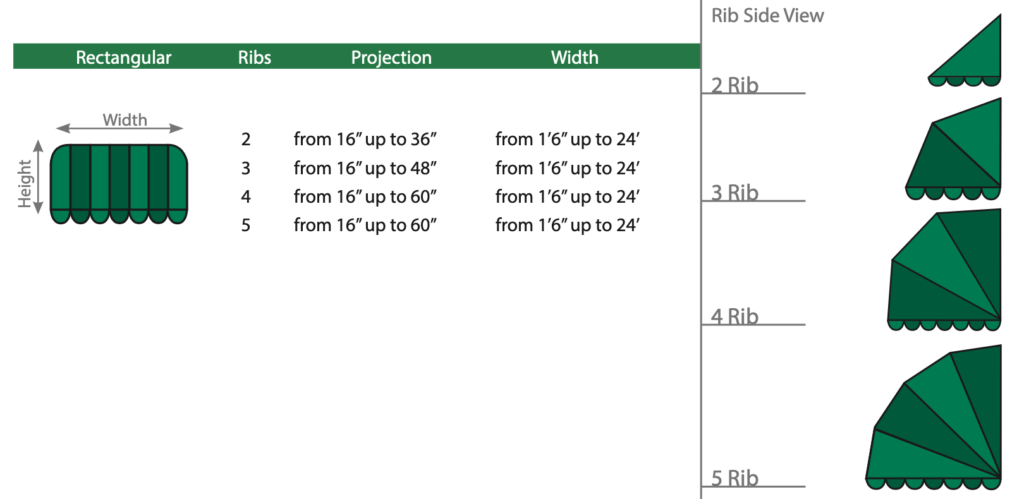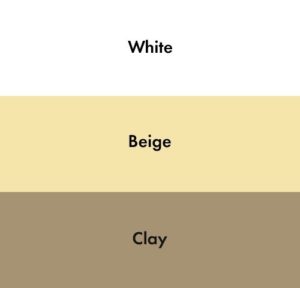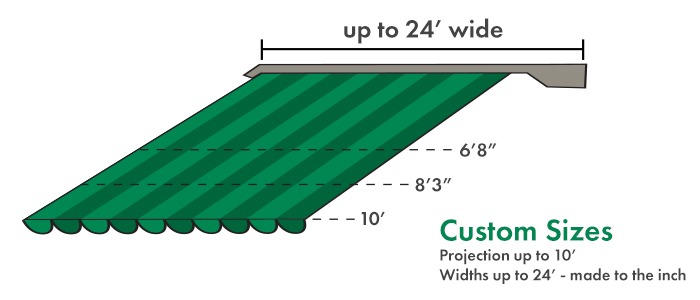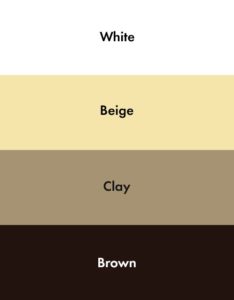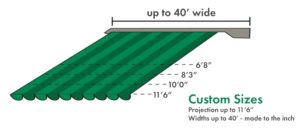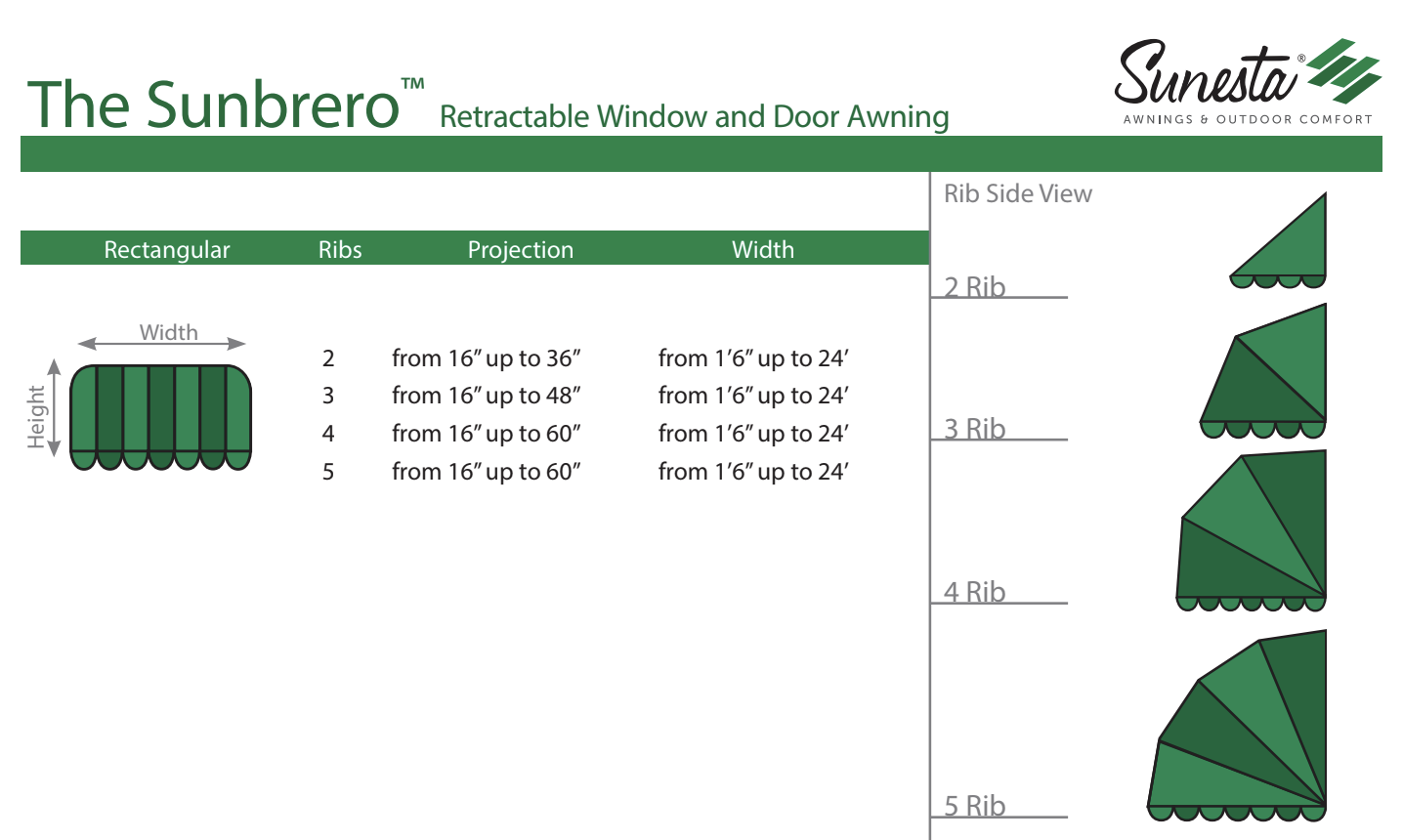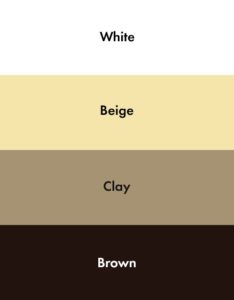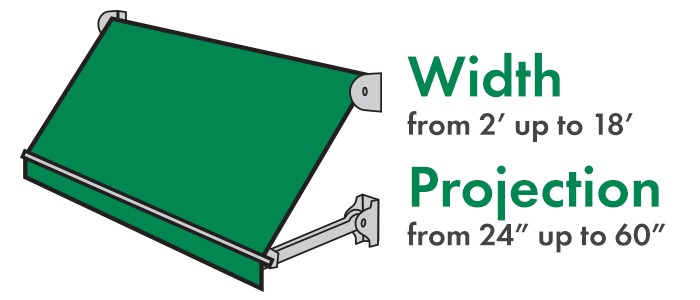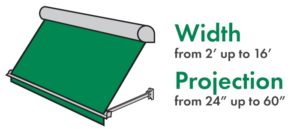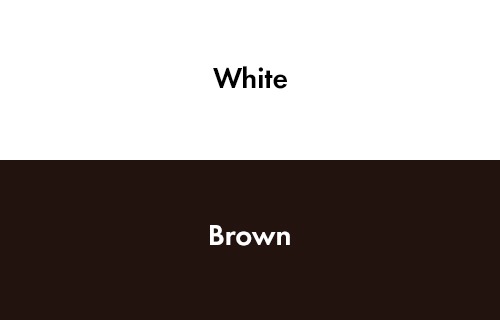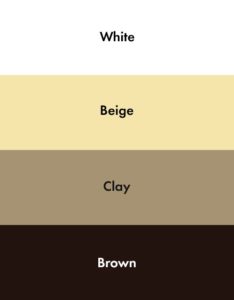- Window awnings oftentimes bring up numerous questions including material, size, functionality, etc.
- Window awnings are used to block the sun, aesthetic appeal, and to shield your windows from different weather conditions.
- Get window awnings installed by professionals at Sunesta of OKC.
Welcome to our comprehensive Q&A session all about window awnings! If you’ve ever wondered about the functionality, design options, or proper sizing of window awnings, you’re in the right place. Whether you’re looking to enhance your property’s aesthetics, or simply someone curious about the world of window coverings, we’ve got 5 common window awning questions and answers down below.
5 Common Window Awning Q & As
The below questions and answers are based on top Google searches and expert responses from Sunesta of OKC.
1. What is the Awning Over a Window Called?
The awning over a window is commonly referred to as a window awning. This architectural feature serves both functional and aesthetic purposes. They provide shade and protection from the elements while also enhancing the visual appeal of the building. Window awnings come in various styles, materials, and designs, allowing for customization to suit the architectural aesthetics and functional needs of the structure. Whether for residential or commercial buildings, window awnings contribute to energy efficiency by reducing direct sunlight and heat, offering a practical solution for climate control and enhancing the overall comfort of the interior spaces.
2. Do Window Awnings Block the Sun?
Yes, window awnings are designed to block the sun. These architectural features serve as a shading solution for windows, reducing the direct impact of sunlight on the interior of a building. By providing a physical barrier between the window and the sun, awnings help to minimize heat gain and glare inside the space. This not only contributes to the comfort of the occupants but also aids in energy efficiency by reducing the need for cooling systems. However, the extent to which window awnings block the sun depends on factors such as the awning’s design, material, and orientation. With that being said, their primary purpose is indeed to offer shade and sun protection for the windows they cover.
3. Do Window Awnings Stop Rain?
While window awnings are primarily designed to block the sun and provide shade, they can also offer some protection against light rain. The overhang created by the awning helps prevent rainwater from directly hitting the window and can redirect light to moderate rainfall away from the immediate vicinity of the window. However, it’s important to note that window awnings are not intended to provide comprehensive rain protection, especially during heavy or persistent rainstorms. Their main function is to shield against sunlight and contribute to energy efficiency rather than to serve as a complete barrier against rain. For more effective rain protection, additional features such as rain gutters or specific rain-resistant window treatments may be considered.
4. How Big Should a Window Awning be?
The size of a window awning depends on various factors, including the dimensions of the window, the architectural style of the building, and the desired level of sun protection. Generally, a well-proportioned window awning extends beyond the width of the window to effectively block sunlight. The depth of the awning is determined by factors such as the angle of the sun and the desired coverage. A common recommendation is for the awning to extend at least 1 to 2 feet beyond each side of the window and have a drop (or depth) that provides adequate shade without obstructing the view. However, specific sizing may vary based on individual preferences, climate considerations, and the functional requirements of the awning. It is advisable to consult with a professional, like Sunesta OKC, to ensure the appropriate sizing for optimal performance and aesthetics.
5. How Deep Should a Window Awning be?
The depth of a window awning is influenced by several factors and the appropriate dimension depends on the specific needs and preferences of the user. Generally, a well-designed window awning should have a depth that provides effective shading against the sun while complementing the architectural aesthetics of the building. A common recommendation is for the window awning to extend at least 1 to 2 feet beyond each side of the window, allowing for sufficient coverage and protection from sunlight. The depth is also influenced by considerations such as the angle of the sun, the desired level of shade, and the overall design of the structure. Ultimately, the optimal depth of a window awning may vary based on individual circumstances, and consulting with professionals or referring to manufacturer guidelines can help determine the most suitable dimensions for both functionality and visual appeal.
Trust the Window Awning Experts at Sunesta OKC
If you have more questions about window awnings, reach out to your local window awning installers like Sunesta of OKC. We would be happy to answer any and all questions you may have. If you’re looking for a way to improve the comfort, energy efficiency, and overall aesthetic of your home, consider investing in window awnings today by visiting our Sunesta website to find the perfect awning addition for your home. Not only do we have window awnings, we also carry retractable awnings for your outdoor living area, retractable screens for your patio, and all the awning accessories you could ever want to enjoy your days & nights in your backyard. Check out Sunesta OKC and enhance your outdoor living area.
Phone: (405) 842-1991
Location: 919 NW 80th St, OKC, OK 73114

